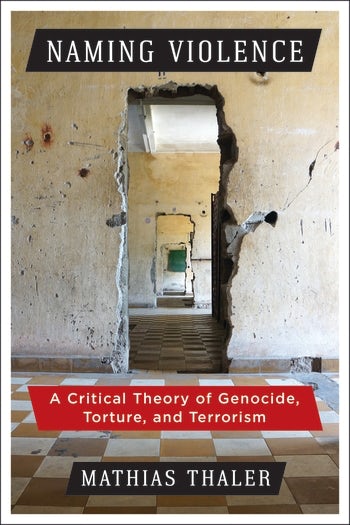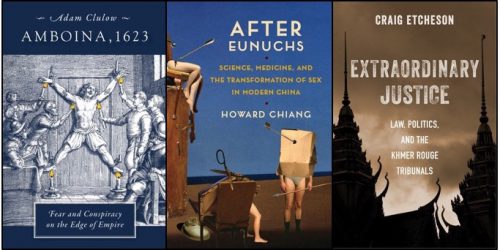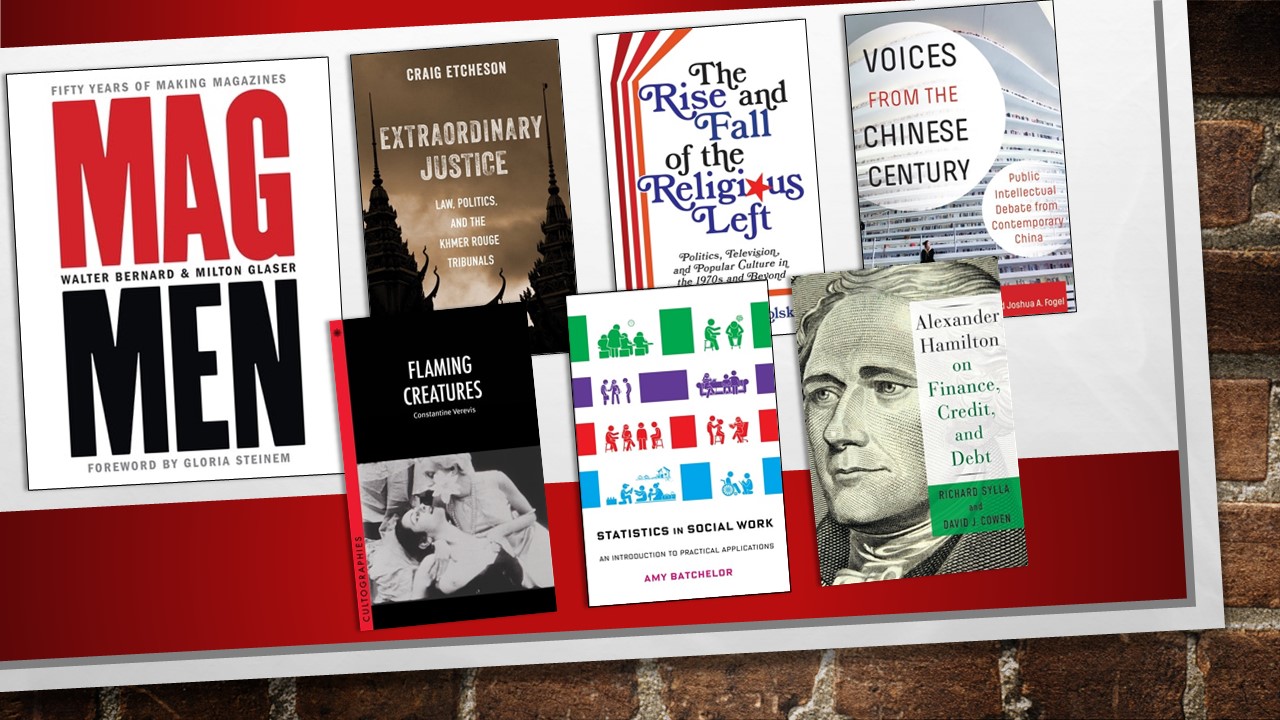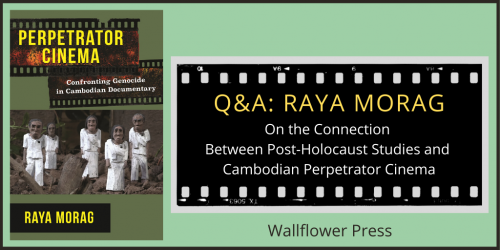How to Catch a War Criminal

“Extraordinary Justice is hands down the final verdict on the UN’s controversial ‘mixed tribunal.’ . . . Simply put, nobody knows more about the Khmer Rouge war crimes trials than Etcheson. This is a remarkable, three-dimensional study of the legally simple but politically complex proceedings that took longer to try five defendants than it did for the Allies did to try thousands of war criminals after World War II.”
~Peter Maguire, author of Facing Death in Cambodia
Craig Etcheson is one of the world’s foremost experts on the Cambodian genocide and its aftermath. In this guest post, Etcheson gives us a glimpse into his new book Extraordinary Justice: Law, Politics, and the Khmer Rouge Tribunals by providing an overview of how he garnered national and international support for genocide justice in Cambodia.
Be sure to enter our drawing for your chance to win a copy of the book!
• • • • •
Suppose that you become seized by an instance of mass killing, whether by a terrorist group or a nation state. That is not too hard to imagine these days, if one thinks of what ISIS did to the Yazidi people of Iraq, or what the Myanmar state has done to the Rohingya people, or what agricultural and industrial interests are doing to the indigenous people of the Amazon, or, well, you get the picture. Let’s further suppose you decide that the perpetrators of this mass killing should be brought to justice. What then? That is a good question, because it is harder than it looks, even when it seems obvious that they have severely violated international laws concerning war crimes, genocide, and other crimes against humanity. For one thing, these people are very dangerous. The perpetrators often have access to the resources of an entire state, and they are typically heavily armed, with armies at their command. And they tend to have friends in surprising places. That is the situation I found myself in when I decided that the Khmer Rouge of Cambodia, under whose rule in the 1970s more than two million people were killed, should be brought to trial for genocide.
It all began innocently enough, when in graduate school during the late 1970s I wrote a seminar paper on Cambodia’s Khmer Rouge revolution. That paper eventually got out of control and turned into a book, The Rise and Demise of Democratic Kampuchea, which I soon realized was the first academic study of the Khmer Rouge regime to be published. By the early 1990s, I had become the executive director of an advocacy organization in Washington, DC, attempting to change US policy toward Cambodia. It is emblematic of the often perverse nature of geopolitics that despite the fact the Khmer Rouge had defeated the United States in war just a few years previously, by 1979 – on the basis that the enemy of my enemy is my friend – the US was protecting the Khmer Rouge from the Vietnamese, even though it was plain by then that the Khmer Rouge were genocidal maniacs. Remember the thing about friends in surprising places? Yeah. But after a spirited three-year struggle with Congress and, first, the George H.W. Bush administration, and then the Bill Clinton administration, we succeeded in making it the law of the land that the US would support the establishment of an international tribunal for the Khmer Rouge.
“It all began innocently enough, when in graduate school during the late 1970s I wrote a seminar paper on Cambodia’s Khmer Rouge revolution.”
There was also the little problem that notwithstanding the fact they had been driven from power in Cambodia, the Khmer Rouge still had a formidable army, with the support of numerous powerful allies, including China and Thailand. We managed to get the US to impose sanctions on Thailand for their support of the Khmer Rouge, resulting in a slow withdrawal of that support. And when a United Nations peace process in the early 1990s succeeded in establishing a coalition government in Cambodia, China turned its attention to courting that new government and abandoned the Khmer Rouge, who were still fighting from jungle bases. Having lost their Great Power patron, the Khmer Rouge gradually grew weaker. Though the Khmer Rouge leaders were still ordering their followers to kill, one by one, their military commanders started defecting to the new government. The snake had been effectively defanged.
Then all we had to do was get the rest of the world on board. We pursued a broad-based effort to persuade governments in Europe, Asia and Australia to support the idea of genocide justice in Cambodia. Progress was slow at first. But in 1994, the US government funded our research project to collect evidence of international crimes in Cambodia. Among other things, we carried out a survey of mass graves in Cambodia dating to the Khmer Rouge period. We quickly discovered that these mass killing sites were literally everywhere in the country, far more numerous than anyone had previously realized. They were often marked by huge piles of human skeletal remains. Images from our mass grave survey soon saturated the world’s media, galvanizing widespread revulsion at what the Khmer Rouge had done. More and more allies across the globe began to line up behind the idea that there should be legal consequences for killing on such an unimaginable scale.
“We quickly discovered that these mass killing sites were literally everywhere in the country, far more numerous than anyone had previously realized.”
By the late 1990s, the United Nations finally began to take an interest. The negotiations between the UN and the Cambodian government over the establishment of a court were excruciating, and took years. It was one step forward, two steps back, again and again. The Cambodian government wanted people that it selected to control any such court, and the UN wanted people it selected to be in control. Not until 2003 were the many interested parties able to hash out an agreement. Even then, there were innumerable details to be worked out. How much would it cost? Who would pay for it? Who would staff it? Where would it be seated? What laws would apply? Working out all those details took more years still.
Finally, in 2006, all was in readiness, and the court launched. And that is when the really hard part began. Horrific crimes had been committed all over the country, every day, for the three years, eight months, and twenty days that the Khmer Rouge regime was in power. How do you deal with literally tens of thousands of crimes? That was one challenge facing the prosecutors of the Extraordinary Chambers in the Courts of Cambodia, but hardly the only one, and hardly the most problematic. But over the ensuing years, numerous former Khmer Rouge leaders were accused by the court, and several of them have been convicted of war crimes, genocide, and other crimes against humanity.
Throughout it all, across decades of this effort, the one constant was the intense interplay between law and politics. It is always thus in cases of mass atrocity. This is the story that I tell in Extraordinary Justice: Law, Politics, and the Khmer Rouge Tribunals.
Save 30% on this or any of our law and legal studies books when you order from our website by using coupon code: CUP30 at checkout







